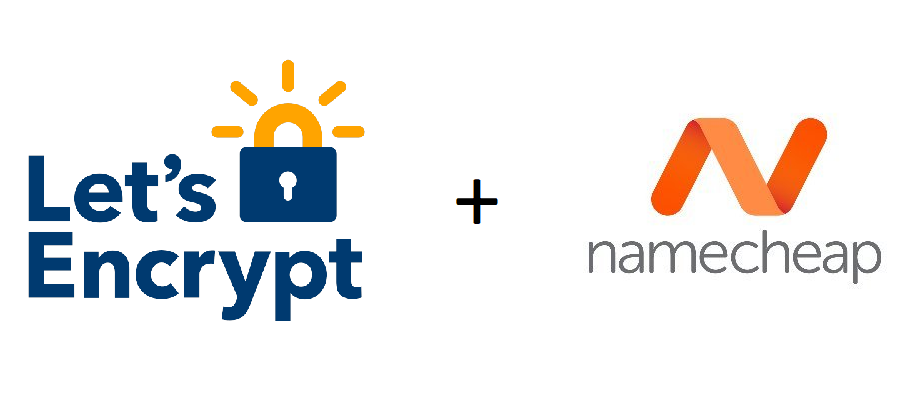Adding Let's Encrypt SSL Certificate with Namecheap
16 Aug 2022
With Google Chrome now giving alerts on internally hosted domains not using HTTPS, I figured it was time to start using Let’s Encrypt to add SSL to my internally hosted websites.
None of these sites have external access but I don’t like seeing the “Not Secure” icon by the URL as that doesn’t look great when presenting.
This all assumes that you have API access setup in Namecheap’s portal.
Script to get an SSL certificate
This script has a couple variables that need to be filled in by the end user:
- Namecheap username
- Namecheap API key
- Namecheap Source IP
- Server name (FQDN)
curl https://get.acme.sh | sh
acme.sh --register-account -m <email>
export NAMECHEAP_USERNAME=<username>
export NAMECHEAP_API_KEY=<api_key>
export NAMECHEAP_SOURCEIP=<source_ip>
acme.sh --issue -d <server-name> --staging --dns dns_namecheap
Once you confirm that it works in staging, then you can push it to production:
acme.sh --issue -d <server-name> --dns dns_namecheap --force
sudo systemctl restart nginx
NGINX Configuration
Below is a partial config that shows how to redirect SSL and how to use the SSL certificates.
server {
listen 443 ssl http2 default_server;
listen [::]:443 ssl http2 default_server;
server_name _;
ssl_certificate /root/.acme.sh/<server-name>/fullchain.cer;
ssl_certificate_key /root/.acme.sh/<server-name>/<server-name>.key;
client_max_body_size 25m;
}
server {
# Redirect HTTP traffic to HTTPS
listen 80 default_server;
listen [::]:80 default_server;
server_name _;
return 301 https://$host$request_uri;
}
Wrap up
Hopefully this helps if you’re attempting to use Let’s Encrypt on internally hosted domains that are managed through Namecheap.
This also works with Proxmox although most of the scripting isn’t needed as it can be handled through the Proxmox GUI.